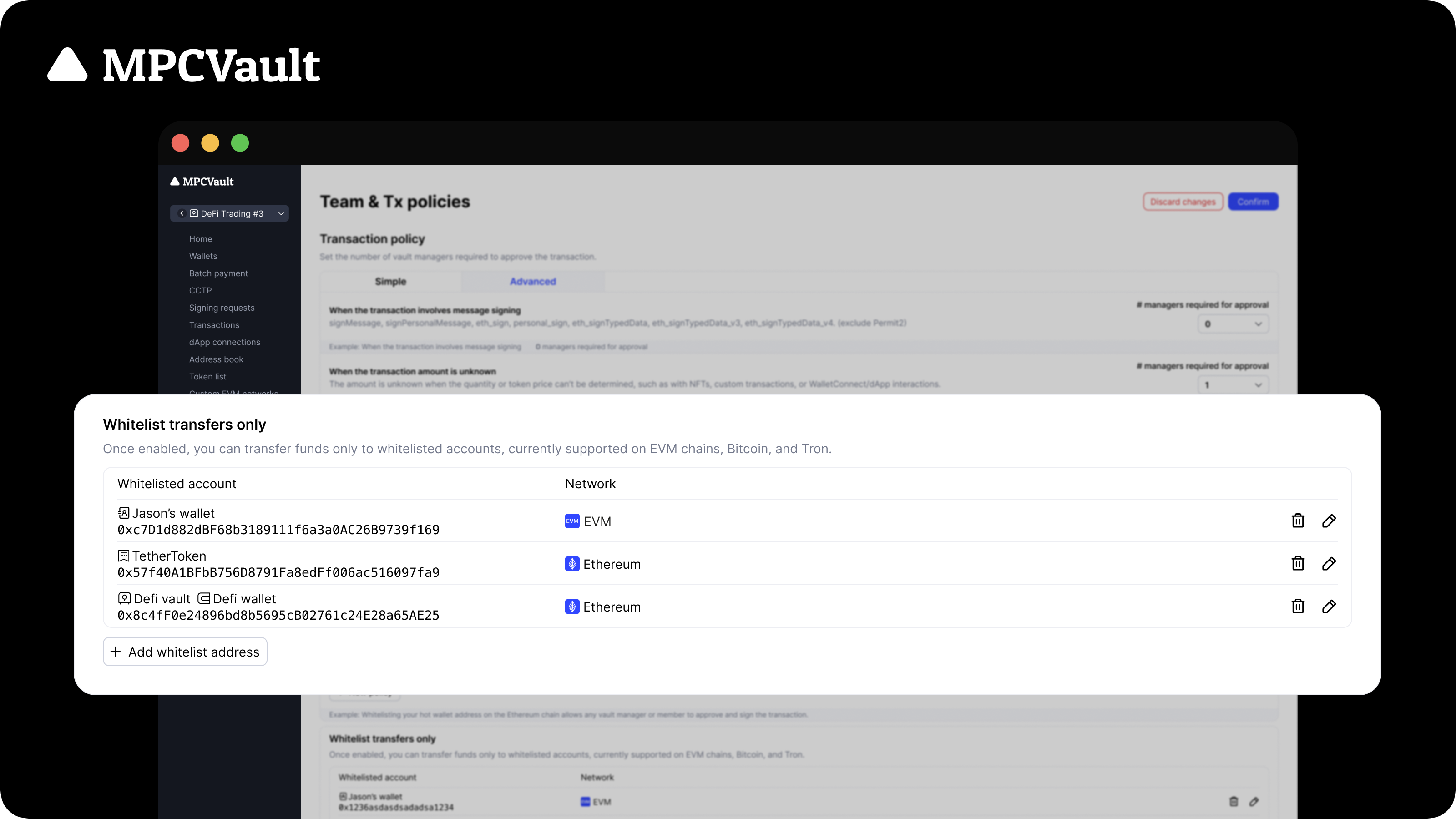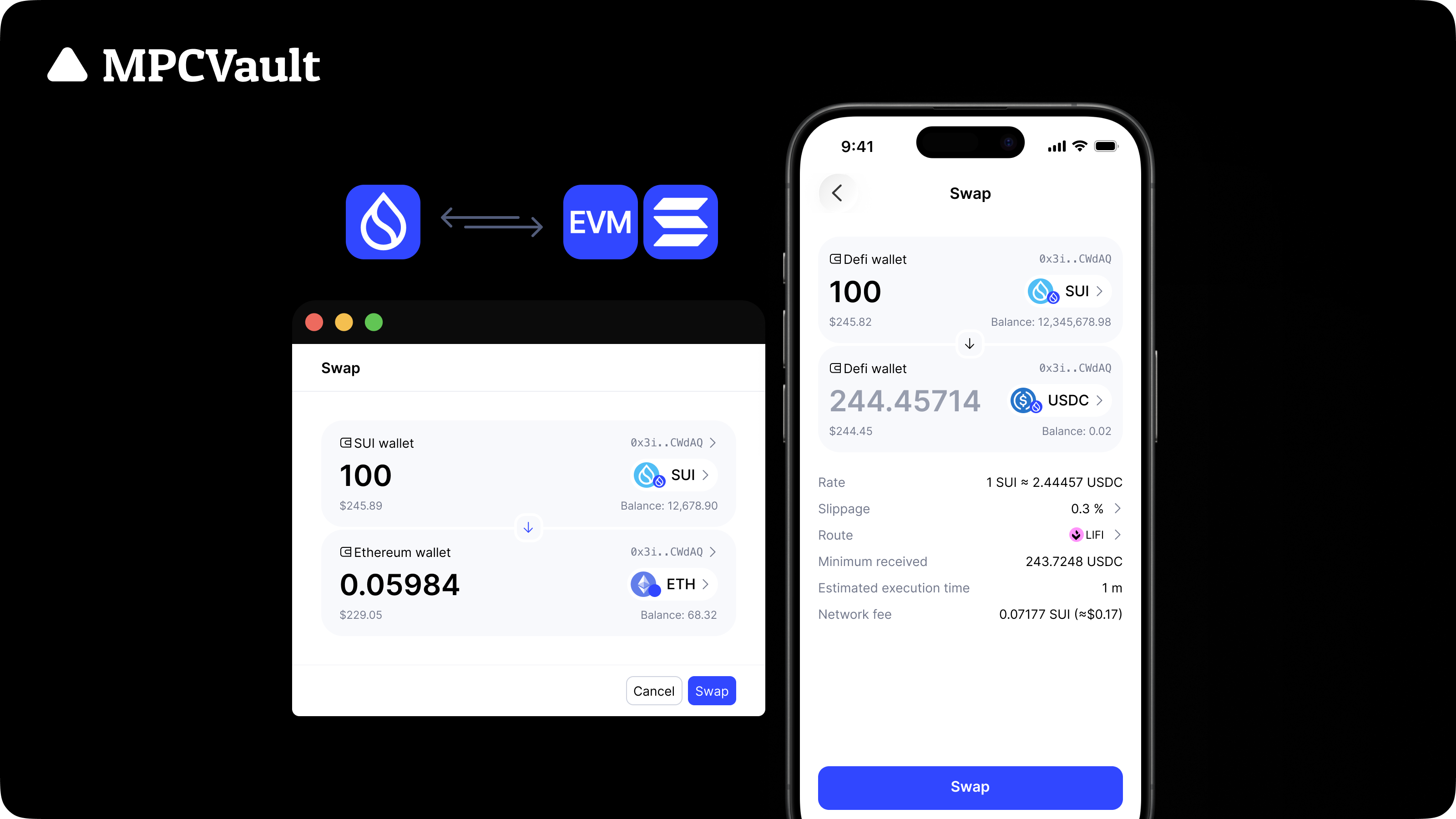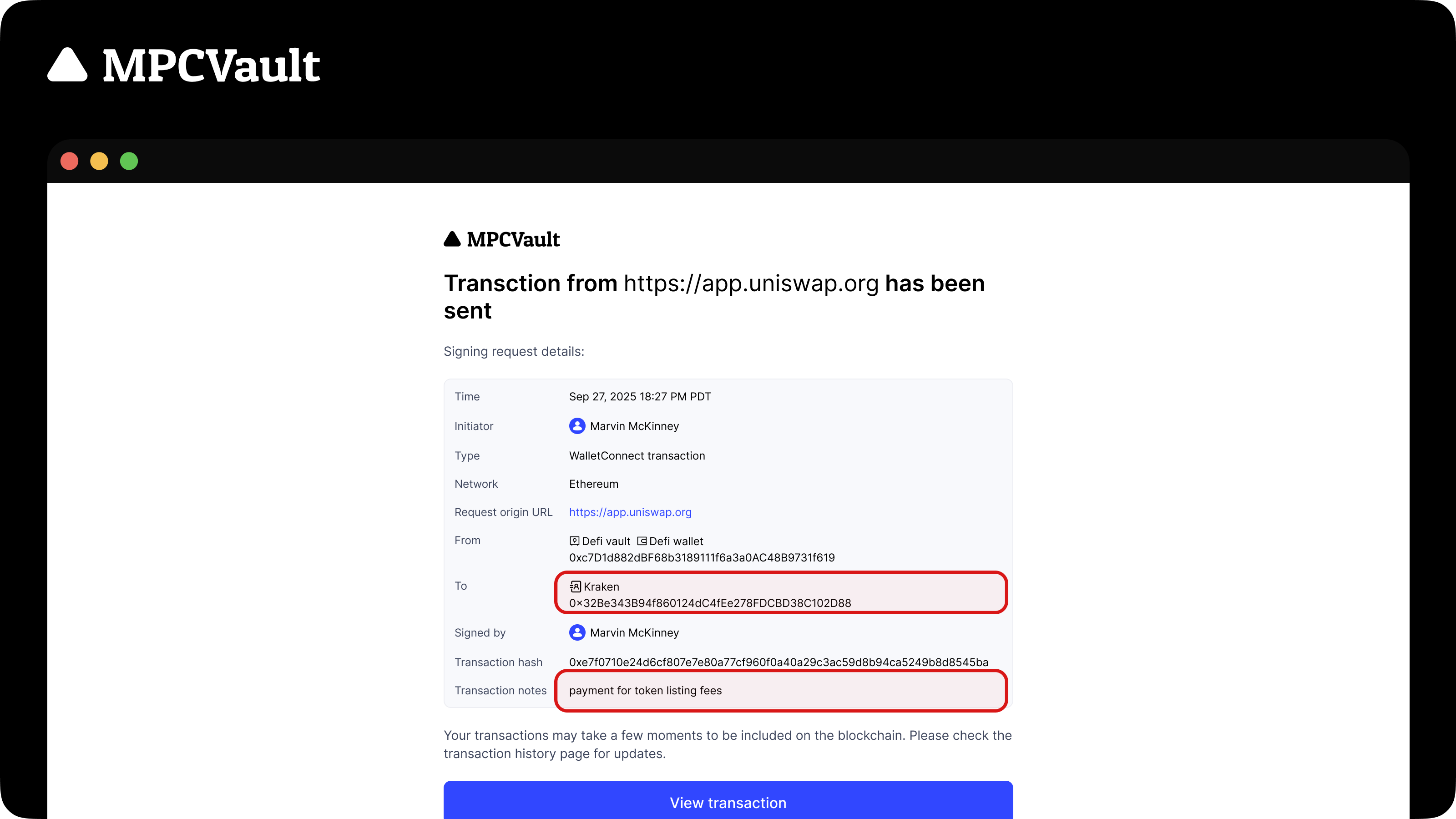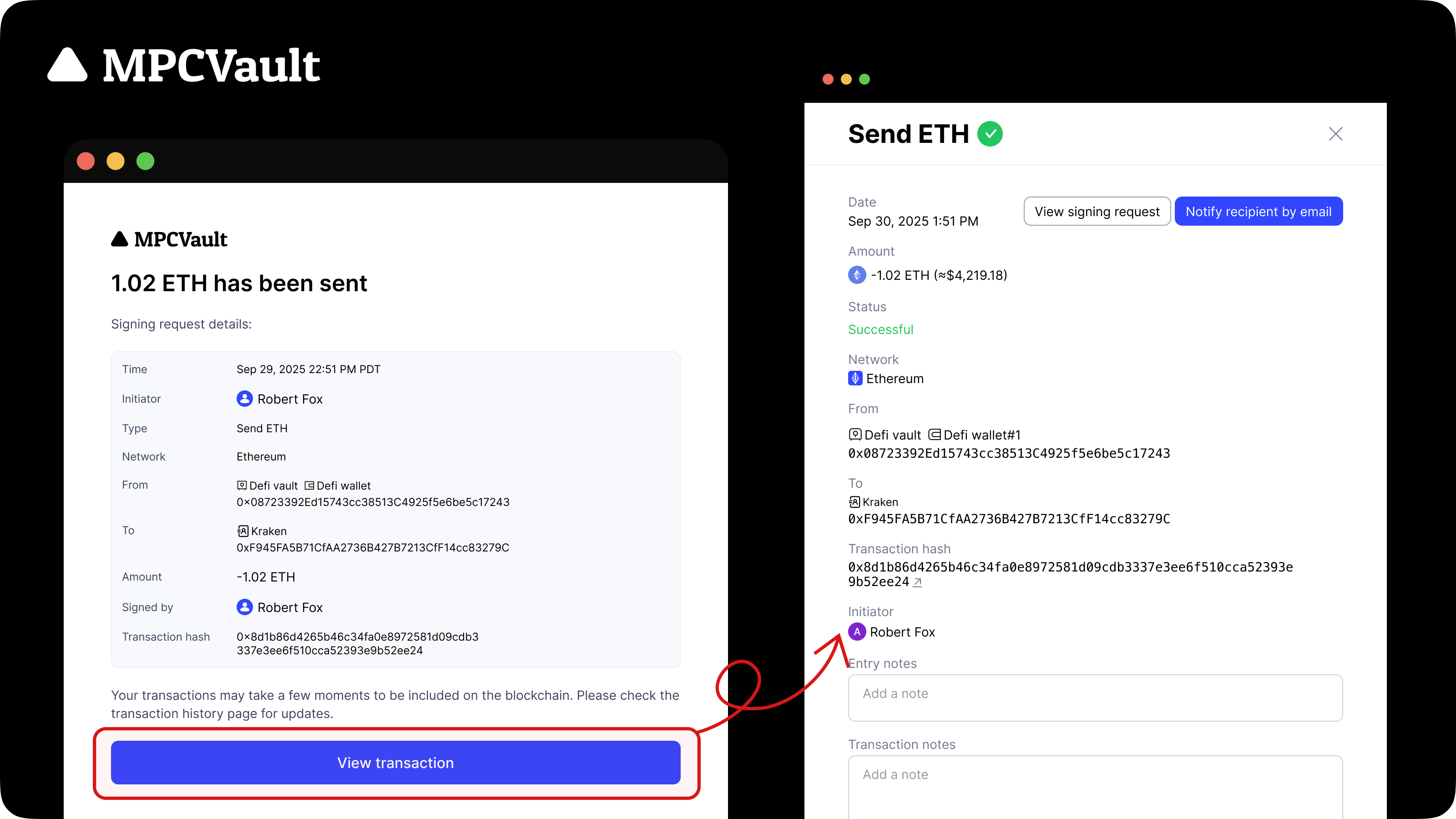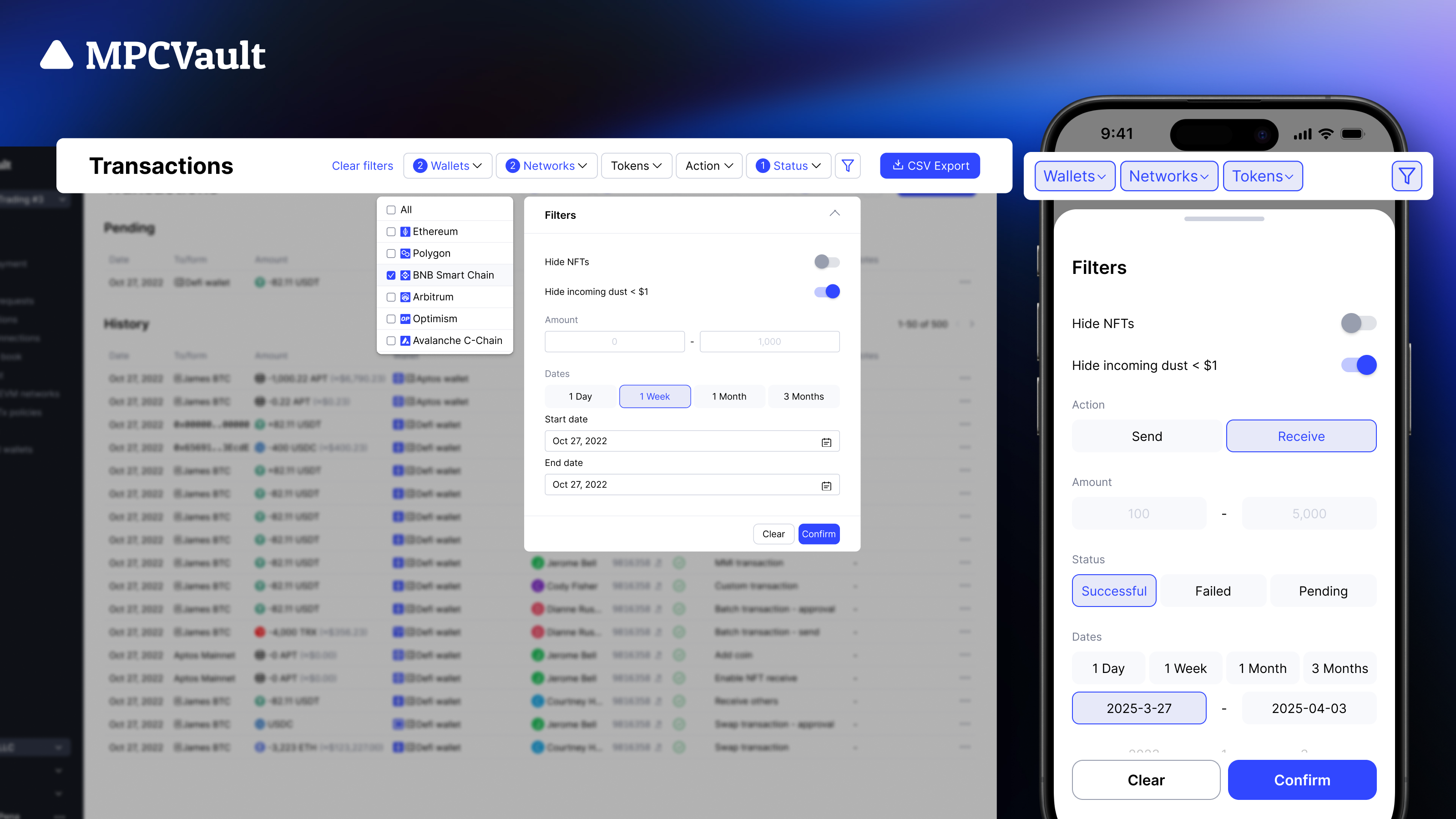Product Update: Who introduced an accountant role to the organization
You can add your accountant into your organization and they have read-only access to all wallets, including transaction histories. This is perfect for teams that need auditing capabilities without compromising security.


